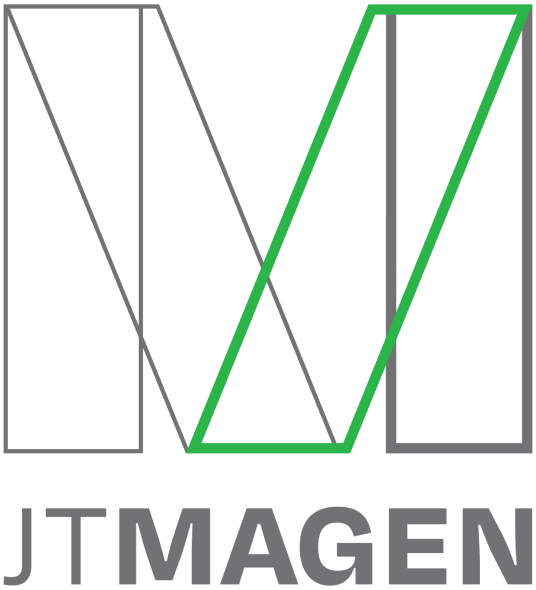In the wake of the pandemic, many companies are decreasing their office footprint. According to a survey published in May 2023 by real estate firm CBRE, 44% of companies have reduced their real estate space over the last three years, and 53% plan space reductions in the next three years, citing the increase in hybrid work, inefficiencies in their portfolio, and a desire to cut costs. For many companies, downsizing their offices also means downsizing their IT infrastructure but without losing access, functionality, or compromising on security. All this is possible with the transition to cloud technologies and DaaS (Desktop as a Service) in particular.
How Cloud Allows Companies to Downsize Their Office Footprint
When companies transition to the cloud, they no longer need bulky servers, desktop computers, and other on-site equipment. This allows a company to shift away from the high capital expenditure associated with IT infrastructure, which must be maintained and updated periodically. Servers typically must be replaced every five to ten years and desktop computers have a typical lifespan of three to eight years. As they make the transition, companies are able to eliminate the space needed for this clunky equipment, ultimately reducing the physical office square footage.
Cloud-based technologies also provide mobility for workers by allowing them to access files and data from anywhere. Thus cloud technologies allow companies to more effectively manage hybrid or remote work environments – further reducing or even eliminating their need for office space.
Transitioning to Cloud
Companies that are fully in the cloud access all of their applications, files, and data over the internet from a cloud service provider’s secure server. Rather than a capital expenditure model, they have an operations expenditure model, in which they pay the cloud service provider a flat monthly, per-user fee for the services they use. Businesses commonly dip their toe in cloud technologies by sampling one or two SaaS (Software as a Service) applications, such as Google Drive or Microsoft Office 365. As they go farther along the migration path, many expand to DaaS, a cloud-based solution that moves the company’s desktops, applications, files, and servers to the cloud service provider’s private cloud.
How DaaS Works
When your employees use DaaS, a Windows desktop is streamed over the internet, allowing them to fully access all applications and files from any device and from anywhere. Users can work on a file on one device in one location and pick up exactly where they left off on another. This accessibility and ease of use allows for full productivity no matter where team members are working. DaaS works seamlessly with SaaS applications as well as any server-based applications that your firm continues to maintain in-house. When transitioning to DaaS, you may opt for a Bring Your Own Device (BYOD) policy, which allows team members to access their applications and files from their personal laptops or other personal devices. This further reduces your company’s hardware costs.
Enhanced Cybersecurity
Of the many benefits you realize when transitioning to DaaS, perhaps none is more important than enhanced cybersecurity. With today’s flexible work environments, security must stretch beyond the walls of the office to ensure the safety of company data no matter where team members are working and what devices and applications they are using. With DaaS, every connection takes place in the cloud service provider's private cloud and delivers a secure connection, regardless of a user’s location or device. By working with a high-quality cloud service provider, you gain access to a team of professionals with expertise in all facets of cybersecurity, including patch management, anti-virus, anti-malware, secure DNS, 24x7x365 monitoring, security audits, strong password policies and multi-factor authentication (MFA), and security education and training for your team.
Other Benefits of DaaS
Other benefits of DaaS include enhanced scalability, seamless backup and business continuity, and access to state-of-the-art technology solutions. When your company grows, the provider simply adds users to your subscription, eliminating the need to invest in new equipment. All data is automatically backed up on the service provider’s private cloud to ensure your continuity in the event of a physical disaster at your offices. When you work with a good cloud service provider, your team will always be using the most up-to-date versions of applications, including security and patch updates, enhancing both efficiency and security.
Your Cloud Migration Strategy
Many companies are overwhelmed by what’s involved with transitioning their IT from an on-premises system to a cloud-based one. But a seasoned cloud service provider has been there many times before and can guide you through every step of the process. Your cloud service provider can strategically partner with you to determine which cloud-based solutions are most suitable for your firm and how they will interact with your existing applications and infrastructure. The provider can collaborate with you on a cloud migration plan, which will include a roadmap and timeline detailing which data, applications, and files will be moved to the cloud.
Tabush Group is a leading provider of secure cloud-based IT solutions. To learn more about how Boxtop, our Desktop as a Service (DaaS) solution, can make your firm’s operations more efficient and secure, contact us.








